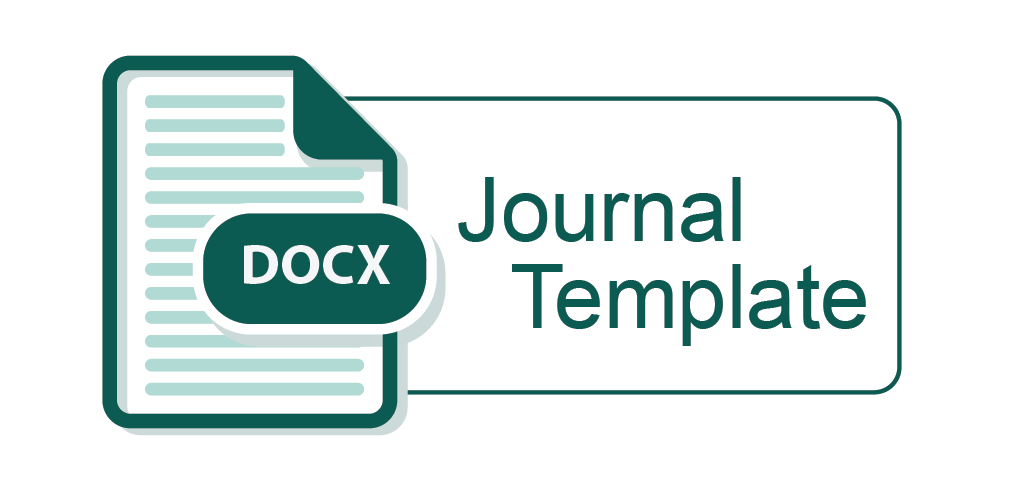HOST INFLUENCES ON EPIDEMIC DEVELOPMENT OF PEANUT LEAF SPOT CAUSED BY Cercosporidium personatum (BERK. AND CURT.) DEIGHTON
Keywords:
Peanut leaf spot, Cercosporidium personatum, Reate-reducing resistance, Infection rateAbstract
Based on one cycle of pathogenesis due to peanut leaf spot fungus, Cercos-poridium personatum (Berk. and Curt.) Deighton, resistant cultivars PI 259747 and EC 76446 (292) significantly prolonged the latent period of the disease by almost two times that of susceptible cultivar CES 101. This indicates 50% reduc-tion in the potential number of nonoverlapping disease cycles that could be generated during the course of the epidemic. PI 259747 sustained a four-fold slower rate of lesion enlargement and six-fold less spore production rate than that of CES 101 based on data taken at 4, 5 and 6 weeks after inoculation. Sporulation rate was positively related to the rate of lesion enlargement (r = 0.86). Possessing some of the rate-reducing resistance traits, cultivars PI 259747, NC Acc 17133 (RF), PI 350680 and EC 76446 (292) significantly slowed down the progress of leaf spot epidemic in the field by 55-75% relative to that of CES 101. PI 259747 and NC Acc 17133 (RF) distinctively reduced the numerical increase of lesions by 85% relative to CES 101 within 6 weeks from disease onset.
Downloads
Submitted
Published
How to Cite
Issue
Section
License

This work is licensed under a Creative Commons Attribution-NonCommercial-NoDerivatives 4.0 International License.






